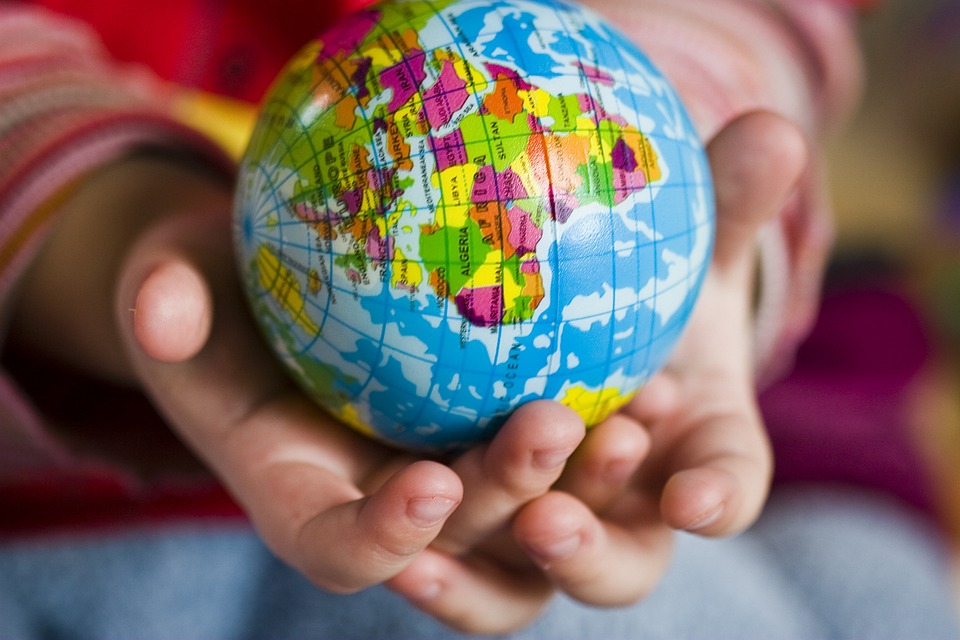How Will Global Warming Affect Future Generations?
I. Introduction
Global warming, primarily driven by increased greenhouse gas emissions from human activities, poses significant threats to the environment and society. As temperatures rise, future generations will inherit a world that is markedly different from today, facing challenges that stem from the actions taken (or not taken) in the present. Understanding these impending challenges is crucial for developing effective strategies to mitigate their impact and ensure a sustainable future.
II. Health and Wellbeing Impacts
Increase in Heat-Related Illnesses: Rising global temperatures are expected to lead to more frequent heatwaves, increasing the risks of heatstroke and exacerbating respiratory and cardiovascular diseases.
Spread of Infectious Diseases: Warmer climates expand the habitats of disease-carrying organisms, potentially increasing the incidence of diseases like malaria and dengue as they spread into new regions.
Air Quality Deterioration: Increased emissions and wildfire smoke contribute to worsening air quality, posing serious health risks, particularly for vulnerable populations such as children and the elderly[1][3].
III. Environmental Degradation and Biodiversity Loss
Loss of Habitats: Changing temperatures, deforestation, and pollution threaten critical ecosystems like coral reefs and rainforests, leading to habitat loss.
Species Extinction: Habitat destruction and climate shifts accelerate species extinctions, disrupting ecosystems and diminishing biodiversity[2][4].
Impact on Natural Resources: Future generations may face significant resource scarcity as climate change affects freshwater availability, agricultural productivity, and fisheries[2][4].
IV. Economic and Social Challenges
Economic Instability: The frequency of climate-related disasters such as hurricanes and floods is projected to increase, leading to property damage, job losses, and rising insurance costs.
Displacement and Climate Refugees: Rising sea levels and extreme weather events may force millions to migrate, creating social tensions and potential conflicts over resources[2][5].
Food and Water Security: Extreme weather patterns threaten crop yields and water resources, leading to food shortages and increased prices[2][4].
V. Impact on Coastal and Urban Areas
Sea-Level Rise and Flooding: Coastal cities face threats from rising sea levels that could result in flooding, infrastructure damage, and necessitate costly adaptations or relocations.
Urban Heat Islands: Urban areas may experience intensified warming due to climate change, increasing energy demands for cooling systems[2][5].
Pressure on Infrastructure: The need for resilient infrastructure will grow as extreme weather events become more common, requiring upgrades to drainage systems and coastal defenses[3][6].
VI. Climate Change and Mental Health
Eco-Anxiety and Psychological Stress: Awareness of climate change impacts can lead to eco-anxiety among younger generations, manifesting as stress or depression related to environmental concerns.
Loss of Livelihood and Identity: Communities reliant on natural resources may face cultural loss as their livelihoods are threatened by climate impacts[1][9].
Mental Health Impacts of Displacement and Disasters: Displacement due to climate events can lead to trauma, stress, and long-term mental health issues[3][9].
VII. Intergenerational Responsibility and Climate Justice
Ethical Implications of Today’s Actions: There is a moral obligation to mitigate climate impacts for the benefit of future generations.
Climate Justice for Vulnerable Populations: Low-income communities often bear the brunt of climate change effects despite contributing minimally to greenhouse gas emissions[4][8].
Role of Education and Activism: Educating younger generations about climate change is essential for empowering them to advocate for sustainable policies[2][4].
VIII. Mitigating Impacts for Future Generations
Transition to Renewable Energy: Shifting away from fossil fuels towards renewable energy sources is crucial for reducing future warming.
Reforestation and Conservation Efforts: Protecting ecosystems enhances carbon sequestration capabilities while promoting biodiversity.
Climate Adaptation Policies: Preparing for climate impacts through resilient infrastructure, sustainable agriculture practices, and effective water management strategies is vital[3][6].
IX. FAQs
– How will global warming affect children born today? Children will likely face increased health risks due to heatwaves, food insecurity from agricultural disruptions, and mental health challenges related to eco-anxiety.
– What are the long-term economic costs of climate change? By 2050, projected economic losses due to climate-related health impacts could reach $12.5 trillion globally[3][6].
– How does climate change affect mental health? Exposure to extreme weather events can lead to trauma-related disorders such as PTSD, anxiety, and depression.
– Which regions will be most affected by rising sea levels? Coastal areas globally are at risk; particularly vulnerable are low-lying island nations.
– Can we still prevent severe impacts for future generations? Yes, immediate action on emissions reduction can mitigate some effects; however, some impacts are already irreversible.
– What is intergenerational climate justice? It refers to the ethical responsibility of current generations to address climate issues for the benefit of future populations.
– How can young people get involved in climate action? Young people can engage in advocacy through education initiatives, community projects, or by participating in protests aimed at influencing policy changes.
X. Conclusion
The potential impacts of global warming on future generations are profound—spanning health risks, environmental degradation, economic instability, mental health challenges, and social justice issues. The urgency for action today cannot be overstated; it is essential to implement strategies that protect the well-being of future generations while ensuring a sustainable planet for all.

Kyle Whyte is a notable scholar and professor at the University of Michigan, holding positions such as the George Willis Pack Professor in the School for Environment and Sustainability and Professor of Philosophy. Specializing in environmental justice, his work critically examines climate policy and Indigenous peoples’ ethics, emphasizing the nexus between cooperative scientific endeavors and Indigenous justice. As an enrolled Citizen Potawatomi Nation member, he brings a vital perspective to his roles as a U.S. Science Envoy and member of the White House Environmental Justice Advisory Council. His influential research is supported by various prestigious organizations including the National Science Foundation, and disseminated through publications in high-impact journals. Kyle actively contributes to global Indigenous research methodologies and education, with affiliations to numerous institutes and societies dedicated to traditional knowledge and sustainability. Recognized for his academic and community engagement, Kyle has earned multiple awards and served in various visiting professorships. His efforts extend to leadership positions on boards and committees focused on environmental justice nationwide.
